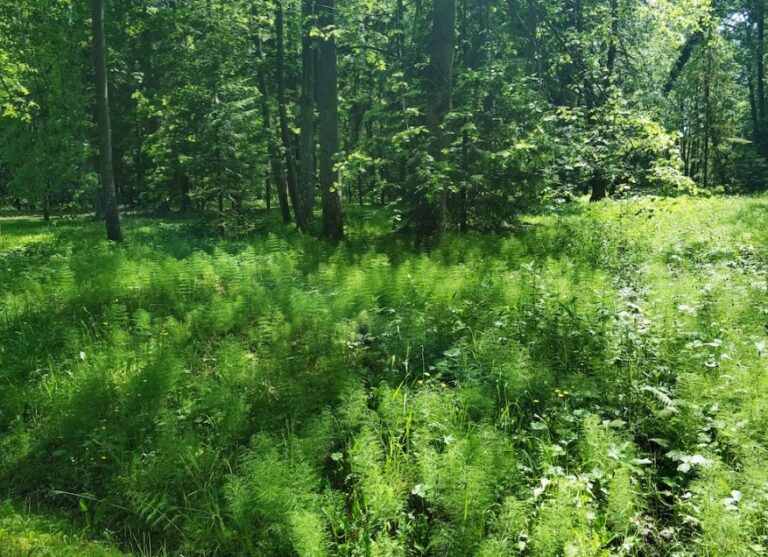We are proud of our diversity and rich ecosystem, but the Earth used to be more diverse and abundant. Biodiversity and ecosystem degradation have been at their peak in recent times. The situation is so pathetic that more than 41,000 animals worldwide are threatened with extinction.
The atmosphere and environment are experiencing the harshest situation. The average population of indigenous species in most terrestrial habitats has declined by a minimum of 20% since 1900.
We need to understand that we owe a lot to this ecosystem and must pay it back. It is only possible through ecosystem restoration. Let’s understand what it is and why it is beneficial.
Table of Contents
What is ecosystem restoration?
Ecosystem restoration is the reviving of the destroyed ecosystem, in simple terms. The natural ecosystem can experience damage in various ways like loss of biodiversity, habitat degradation, water pollution and soil erosion. In such a scenario, the steps of ecosystem restoration promise to revive the natural environment by following the necessary steps.
Recovery can be possible in various discipline ways–planting trees, rewilding, and supporting green businesses. Sometimes removing pressure from nature will allow it to recover on its own.
Recovering ecosystems is directly proportional to human benefits. It is estimated that if we kickstarter the process from now and keep on doing till 2030, it is easy to recover 350 million hectares of degraded terrestrial and aquatic ecosystems.
The best part is that this much recovery is enough to generate almost 9 trillion US dollars in ecosystem services. And the result will also bring comfort to the atmosphere as it will cut down 13 to 26 gigatons of greenhouse gases from the atmosphere.
The UN Decade on Ecosystem Restoration promises to generate millions of jobs and produce billions of dollars in economic benefits.
Read more: Sustainable forestry: what is it and how it supports biodiversity conservation
Why is ecosystem restoration important
People have zero idea that our earth is dying rapidly. At a significant rate, the ecosystem is degrading. It is shocking to believe that in the past 60 years, the ecosystem of the earth has degraded by 60 percent.
According to National Geography, Over 75% of the Earth’s land areas have been significantly degraded, posing a threat to the well-being of approximately 3.2 billion people. Now we can imagine the alarming situation in our mind. Let’s find more reasons why ecosystem restoration is important:
1. Biodiversity conservation
In order to preserve a sustainable treasure for future generations, it is crucial to protect our biodiversity. Ecosystem restoration figures out the potential causes of biodiversity losses and puts efforts into conserving it.
By effectively restoring just 15% of converted lands, it is projected that around 60% of anticipated species extinctions could be prevented. We can’t ignore biodiversity as it is the fundamental element of the ecosystem and can potentially affect water, air, and medicine availability.
2. Climate change mitigation
Human activities and climate have a profound relation. We can’t run away from the fact that we have already turned things wrong.
It is unavoidable that almost 85 percent of people around the globe encounter weather phenomena aggravated by climate change. The result is hard to face when situations like floods, crop failures, and heat waves appear. But we can achieve a significant amount of one-third of climate change mitigation by improving degraded ecosystems by 2030.
3. Ecosystem services
Ecosystem services are fundamental to human life, and it is the most important reason we should fight for ecosystem restoration. Without clean water, air purification, and soil fertility, human life will become pathetic.
4. Food security
The entire globe is dependent on the plant kingdom for food directly or indirectly. A degraded ecosystem will affect food security and disband the life of every living organism. Reviving productive ecosystems, such as employing agroforestry, plays a crucial role in bolstering food security.
5. Environmental, economic, and social benefits
Environmental, economic, and social benefits are closely aligned with each other. There is a strong mutual connection. For instance, if we can restore the ecosystem to improve water quality, increase tourism opportunities and also improve job possibilities. These benefits contribute to long-term social well-being and ecological resilience.
Challenges associated with ecosystem restoration
Ecosystem restoration is as difficult as it is easy to degrade the ecosystem. It is not only an expensive process to restore the destroyed ecosystem but also a time taking process. And it is a blunt truth that most of the ecosystem restoration work is halted due to low funds.
IUCN, in one article, mentioned the restoration Barometer, where it is mentioned that an ongoing restoration activity in 14 million hectares costs a cumulative investment of $26 billion.
Ecosystem restoration is a slow-moving process, and it is hard to measure progress. Even if you have a plan and budget to start your work, it is hard to predict how far you have done and how much more you have to do. To be honest, there is no consensus on measuring ecosystem restoration’s success.
Read more: European Nature Restoration Law: what it is and what it provides for












